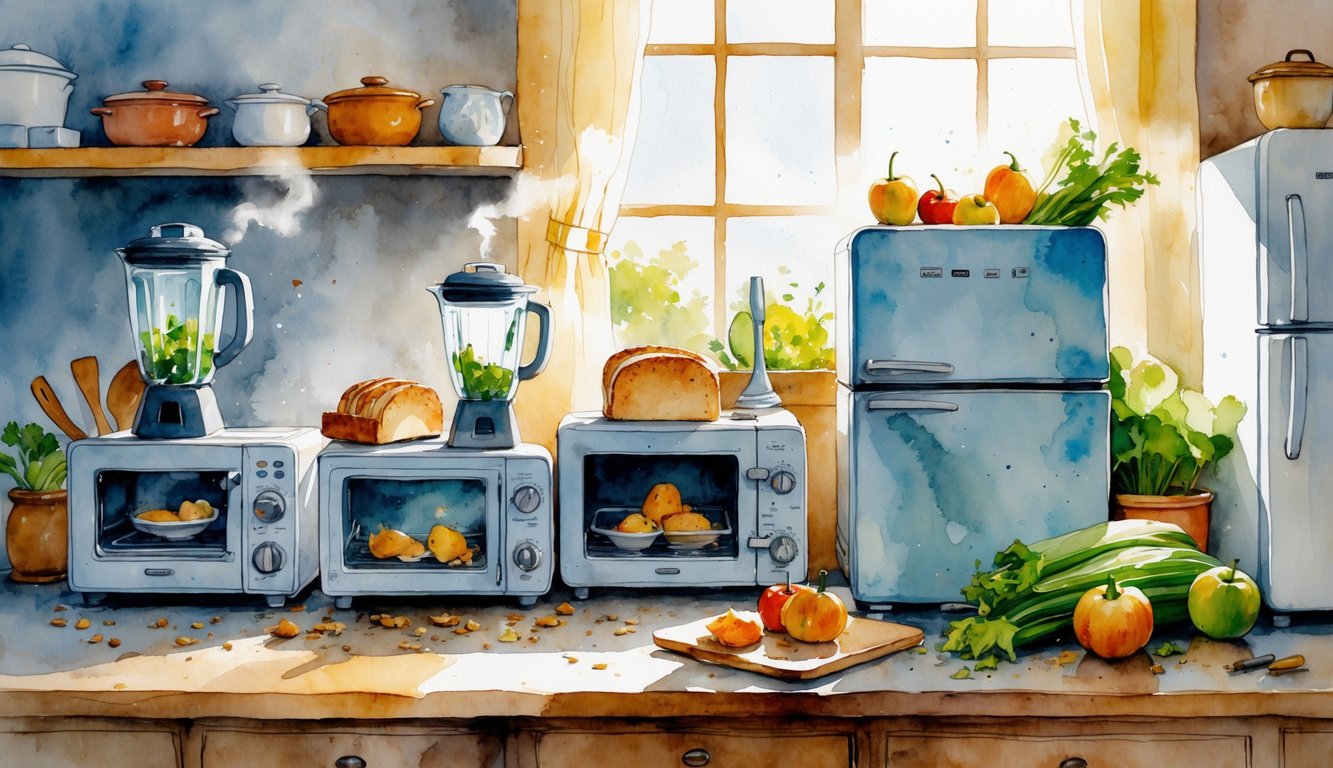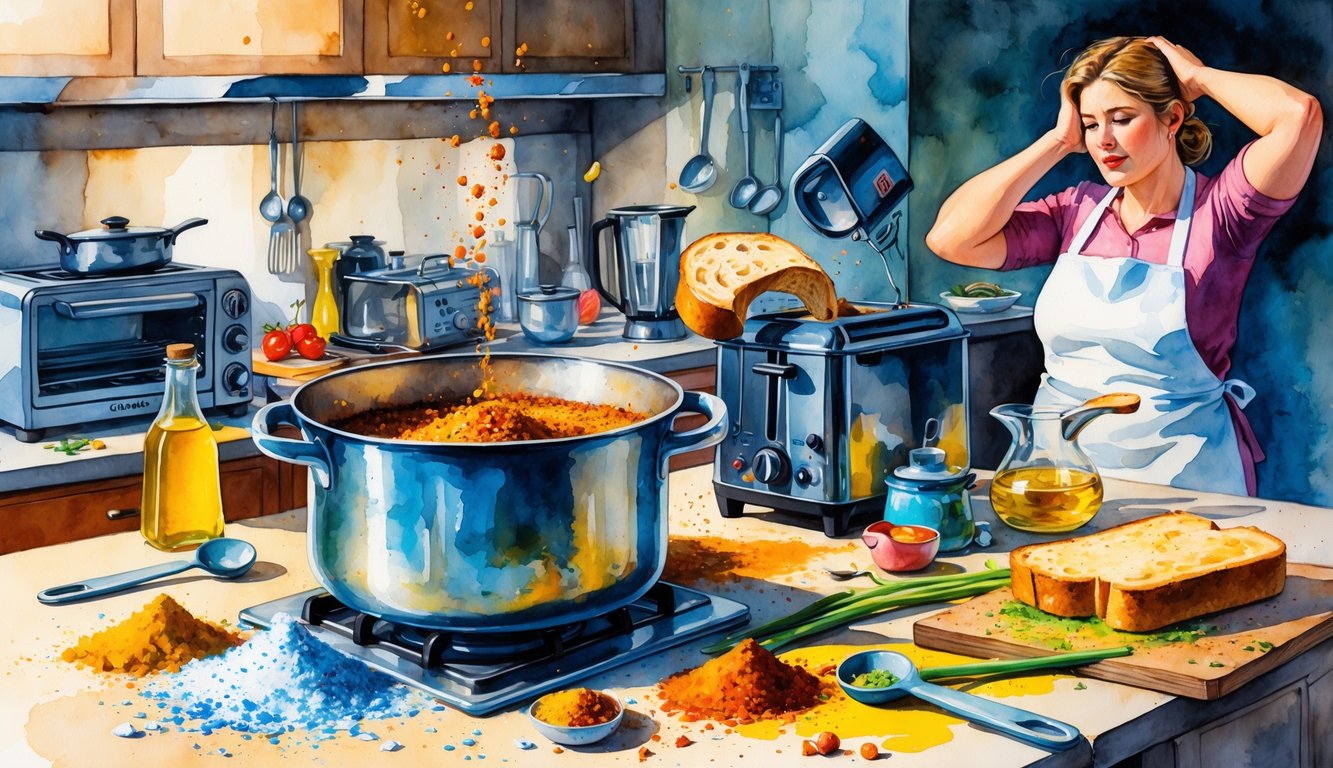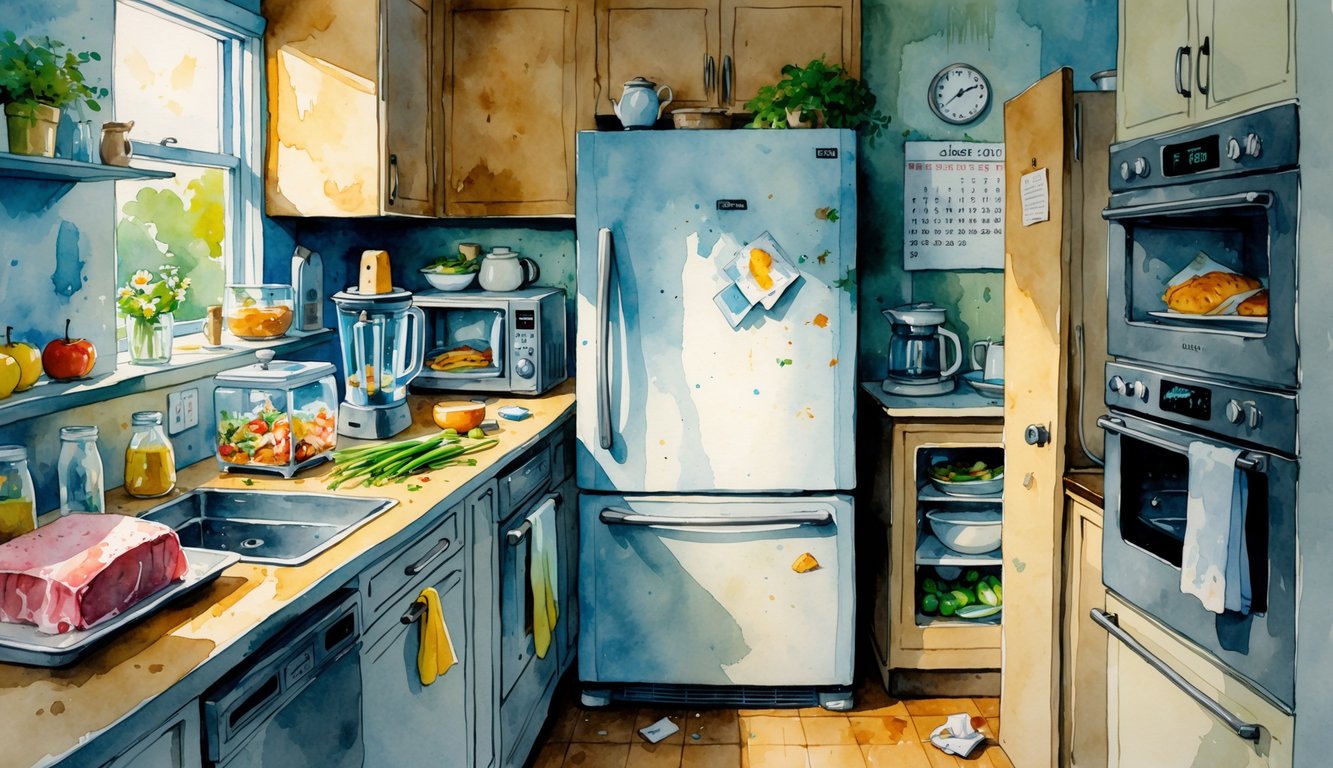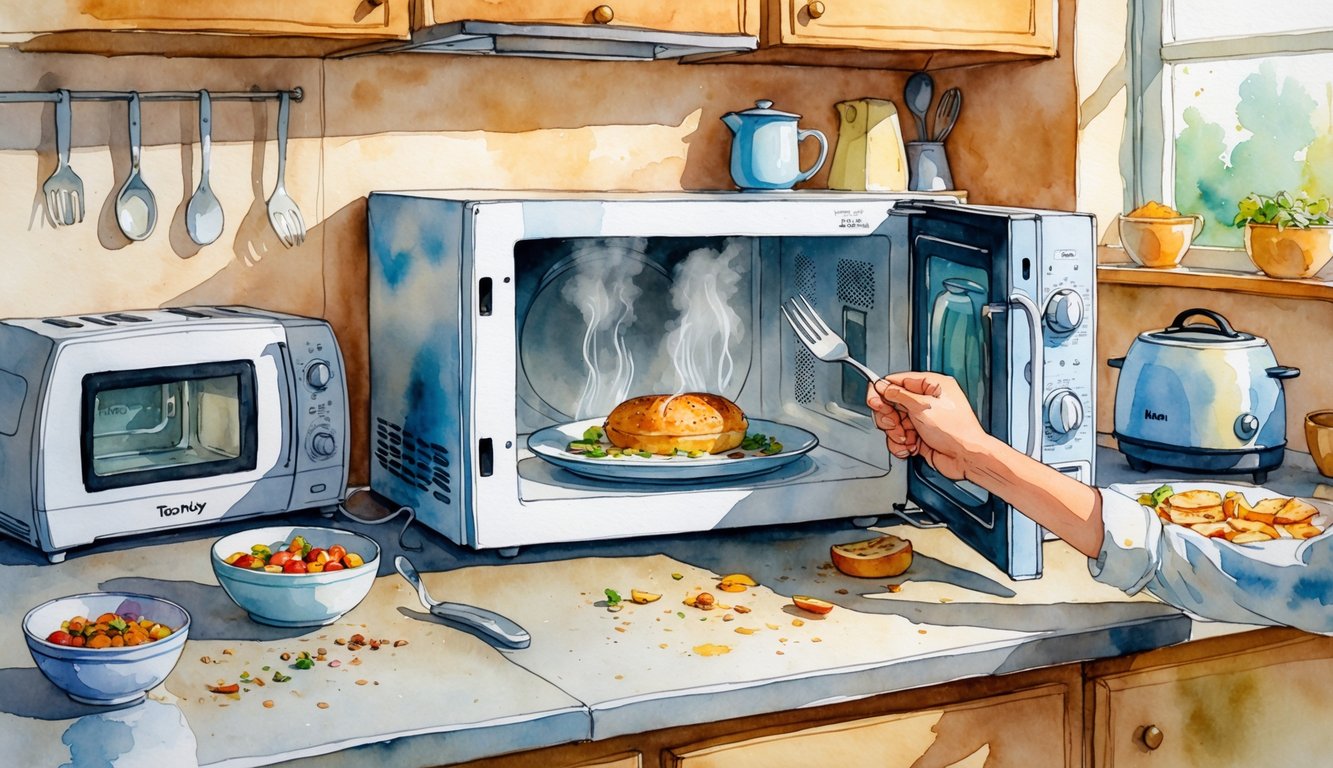
Over-Seasoning and Other Flavor Mishaps

Let’s just admit it—sometimes you go wild with the seasoning. Not just salt, either. Appliances? They ruin more meals than anyone admits. Burnt rice, soupy veggies, that weird metallic tang (seriously, skip cheap aluminum pans with tomato sauce—Chef Graham Elliot called it “amateur hour” in 2023 and, yeah, he’s right). People blame “bad recipes” for everything, but honestly, it’s probably their blender.
How Appliance Settings Impact Seasoning
The worst flavor fails? Usually not even your fault. Example: electric pressure cookers. Salt levels change after an hour on ‘high pressure’—learned that last Thanksgiving when my soup doubled in saltiness, even though I weighed everything. Serious Eats confirmed it: pressure changes seasoning. You pick “Steam” instead of “Sauté,” and suddenly your onions are soggy and your beef’s over-spiced. These settings are traps for the unsuspecting.
Timing? I’m terrible at it. Toss in spices before roasting, half of them vanish into oven vapor. Nobody told me convection mode supercharges spice absorption. My “mild” chicken turned into pepper spray because I forgot to lower the temp. Most people never read the manual. I mean, why would they? It’s all tiny text and cryptic diagrams.
Correcting Over-Seasoning
One salty spoonful and I’m spiraling. Why isn’t there a reset button for soup? Tried the potato trick, but America’s Test Kitchen says it’s a myth—barely absorbs any sodium. Diluting works better; add unsalted broth, cook some grains or veggies in, serve over rice. It stretches the salt.
Cumin or paprika overload? Lemon or yogurt helps, except one time I tried it with saffron and ended up with a weirdly floral milk. Last year, I followed a checklist of kitchen mistakes—didn’t fix everything, but at least I finally blamed my immersion blender for metallic pea soup. Sometimes you just have to make a new side dish and call it a day.
Unsafe Food Storage Habits

This one gets me—people just shove stuff wherever in the fridge, then act shocked when leftovers smell like death or cheese grows a beard. I’ve seen chicken tossed on the top shelf above salad. The margin for error? Basically zero.
Storing Raw Meat Incorrectly
Raw meat is the worst. I know exactly what happens when it leaks: one drip, and your fridge turns into a biohazard. I found ground beef floating above my yogurt once. Floating. Someone decided the produce drawer was the right spot. The USDA says meat goes on the lowest shelf, sealed, on a tray. Watch anyone on a weeknight and you’ll see pork chops chilling with the strawberries. Science says bacteria double every 20 minutes at 70°F, and most people never check their fridge temp. The Takeout won’t shut up about it, and they’re not wrong. Meat on the bottom. Always. Why is this so hard?
Avoiding Cross-Contamination
But wait—it gets worse. Cross-contamination: everyone nods at the posters, then grabs butter right after touching raw chicken. CDC says it’s a leading cause of foodborne illness, but nobody cares until they’re sick. Best advice? Dedicated cutting boards. I have a hideous red one for meat, and I don’t care how it looks. Ready-to-eat food near raw stuff is just asking for trouble. Quick touch with dirty hands, and now your mayo’s a germ party. Worst offenders: drawers full of loose utensils, dish towels used for everything. Food safety means drawing hard lines—one color for veggies, one for meat. If you find chicken juice near leftovers, brace yourself. I’ve had norovirus. Not fun. My nephew once painted with mustard on the same board I’d just sliced pork on. Never again.
Microwave Mistakes That Compromise Taste

Does it matter what container you use, or if you just nuke leftovers on full blast? Texture goes from crunchy to mush in seconds. Hot spots everywhere. Food safety? Don’t get me started. Taste nosedives when you mess up the basics.
Uneven Heating Pitfalls
Lasagna: corners are lava, middle is ice. How is this still happening? People eat soup where one side’s boiling and the other’s cold enough for bacteria to throw a party. It’s all 2450 megahertz radio waves that heat fat, water, sugar—but not evenly.
Chef Dan Churchill yells about stirring or rotating. He’s right. Texture’s doomed otherwise. Pile leftovers in the center, enjoy dried-out edges and a soggy core. Pause mid-cycle, stir with whatever’s clean. Won’t fix physics, but it’s better than nothing. Frozen burritos? Still a nightmare.
Improper Containers Usage
Plastic takeout containers marked “microwave-safe”—sometimes they are, sometimes they’re a chemical lottery. BPA, phthalates, plasticky taste on your eggs. Glass is better, but microwave tomato sauce without a lid and you’ll be scrubbing red splatters for a week.
People microwave food in plastic wrap thinking it helps, but their chicken comes out smelling like crayons. Consumer watchdogs say bad containers ruin flavor and leach chemicals. The real tragedy? Sticky aftertaste and limp texture. Even ceramic mugs can superheat—touch one and you’ll regret it. Sometimes I use a kitchen towel as a lid, which works, but yeah, I’ve almost set the microwave on fire.



